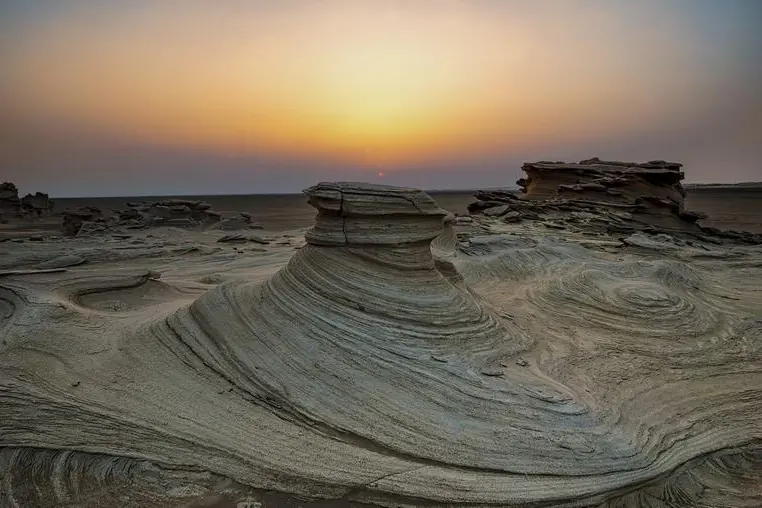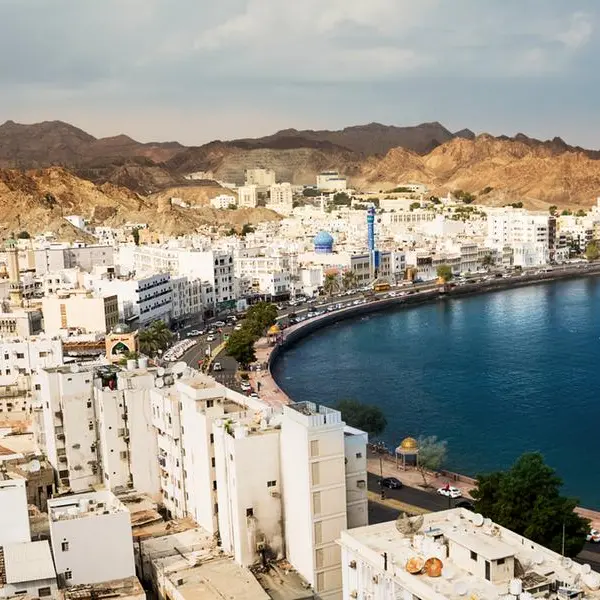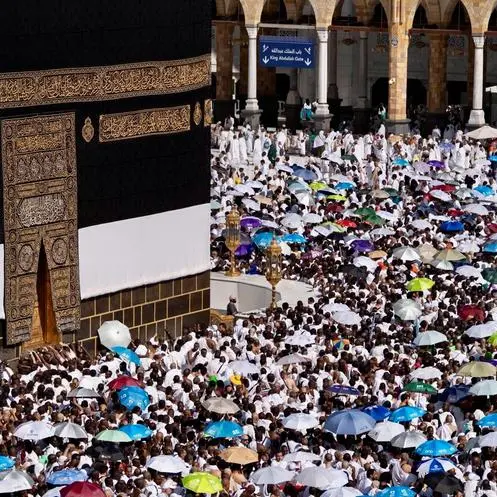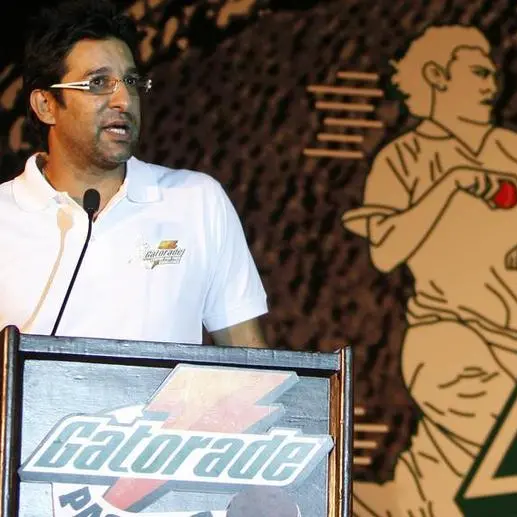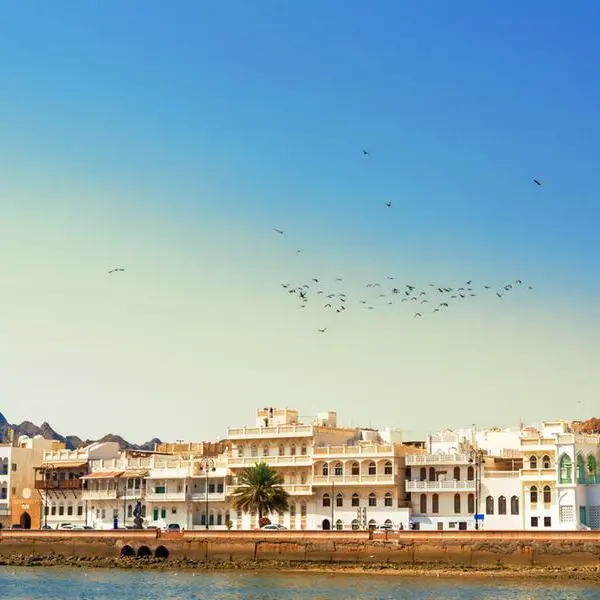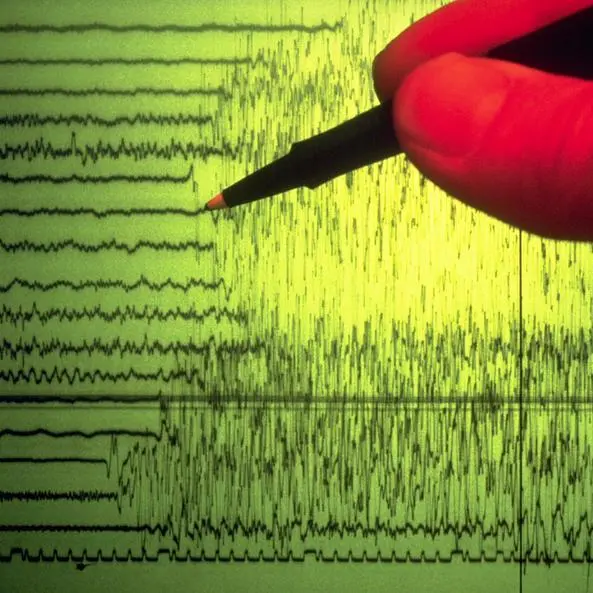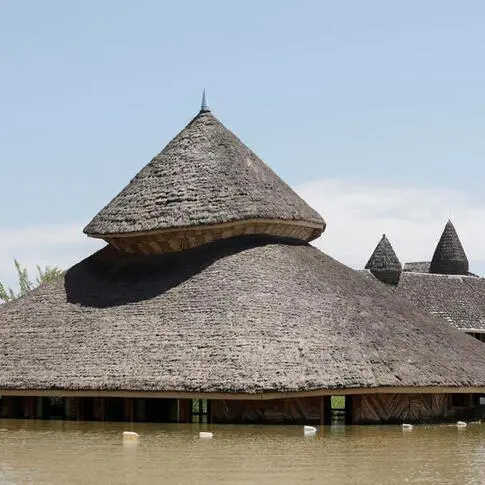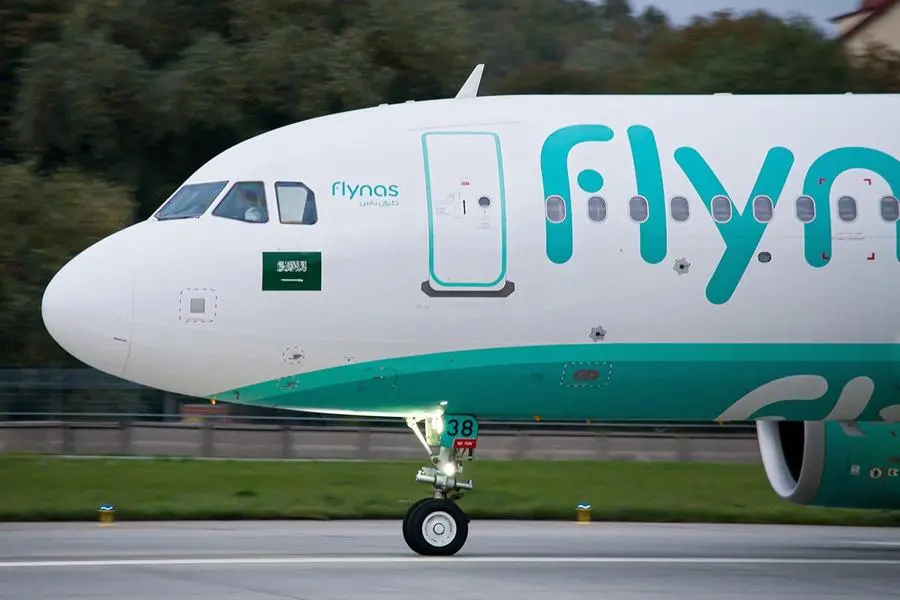PHOTO
Swirl shape fossil rock captured in an Abu Dhabi Desert during sunset
Jeddah: Saudi Geological Survey (SGS) has announced a historical discovery for sites of fossils that are extinct from 80 million years in Duba and Umluj governorates, which contain the remaining of sea animals.
SGS Spokesperson Tareq Aba Al-Khail said that a specialized team from SGS has discovered the remainings of extinct sea animals in the two governorates with their ages ranging between 16 and 80 million years.
He said that these sites contain fossils for various kinds of vertebrate and invertebrate and remainings of sea plants that live in shadow sea environment whose ages date back to the middle and modern geological ages (cretaceous- myosin).
He added that some belong to marine reptiles that were found buried in sediment of the late cretaceous age and were identified as sea tortoises, mosasaurus and plesiosaurs, where mosasaurus are sea reptiles that lived in the middle age and had huge cylinder body like crocodiles with fin-shaped front and back limbs for swimming and balance under water, while plesiosaurs had small bodies, long nicks and slim flat bodies.
This discovery is part of a cooperation program between SGS and the Red Sea Development Company in exploring the geological history inside the areas of developing the Red Sea and Amaala areas that extend between Duba and Umluj governorates.
The program aims at exploring more geological discovering on the Red Sea coast to protect and develop geological and historical heritage of the Kingdom of Saudi Arabia to produce sustainable tourist destinations in line with Saudi Vision 2030.
